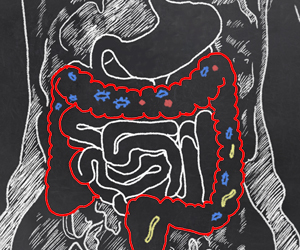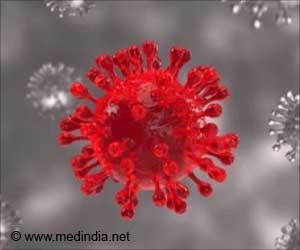The samples contained traces of DNA for a wide range of insect communities, totaling more than 1,200 different species in more than 20 orders. On average, they found more than 200 different types of arthropods in each tea sample. This was not taken into consideration, though.
On the contrary, this rich presence of insect DNA in the tea is a good indicator that pesticides haven’t been used and that the tea is safe to consume. More than 99.999% of the DNA in the tea comes from plants, and only a tiny fraction belongs to insects. So you’re still drinking tea, not insect brew.
Advertisement
Even this tiny fraction is enough to inform scientists about the health of the ecosystems the tea is the source from, as well as the complicated route food often takes as it travels down the global supply chain to the local supermarket shelf.
Usage of Sediments in a New Way
Power of environmental DNA (eDNA) analysis and its potential to augment field research in biology are deeply understood. The method was first employed on sediments, revealing DNA from extinct and extant animals and plants, but has since been obtained from various terrestrial and aquatic environmental samples. Air samples were also used in this experiment.
Rather than setting up insect traps in remote areas of the world, biologists can reach the same results or even find out more from the comfort of their local lab, simply by looking at the eDNA of various plants, such as tea leaves. In this case, the sampling which is often the most difficult and time-consuming part of field research was done by the companies that produce and ship the tea products.
Naturally, the researchers at Trier University in Germany took advantage of this situation in which all the hard work was already done for them. They simply went to their local grocery store and bought teas originating from four continents.
In general, the species matched the known distributions for the plants and arthropods. For instance, mint tea contained DNA from insects found in the peppermint-growing region in the Pacific Northwest, and green tea contained DNA from insects native to East Asia.
“I basically just went to a couple of different grocery stores and bought a whole bunch of different types of tea they had,” lead author Henrik Krehenwinkel, an ecological geneticist at Trier University, told Smithsonian Mag. “They must have thought I’m a pretty heavy tea drinker.”
Findings of this Research
In order to distinguish arthropod DNA from plant DNA, the researchers were able to find a key sequence that differs between them. Not all of this arthropod DNA could be matched with known species, which again is a very good sign it highlights the fact that we still have many species that scientists haven’t described yet.
In fact, the same method could be used for other types of commercially available dried plant material, such as spices and herbs. By piggybacking on the existing shipping infrastructure, biologists could study ecosystems faster and could cover large areas of the globe than ever before.
Analyzing eDNA from old plant samples collected decades ago could also inform researchers about how insect populations fared in the past and compare them to the present.
In 2022, researchers in the UK warned of an ongoing hidden insect ‘apocalypse’, after they found areas with high-intensity agriculture and significant climate warning had a 49% lower number of insects than in natural habitats with no recorded climate warming.
A 2019 meta-study found that almost half of all the world’s insect species are in decline and a third is already endangered. Comparing old and new plant samples could improve conservation efforts by highlighting which regions are in trouble and in need of the most help.
“Just give a little kit to collect plants to a child and then they can collect flowers, and basically, we can process those flowers and reconstruct those interactions,” says Krehenwinkel. He adds that he hopes, “with these community science projects, we’ll be able to get large-scale information on plant-insect interactions.”
Source: Medindia



